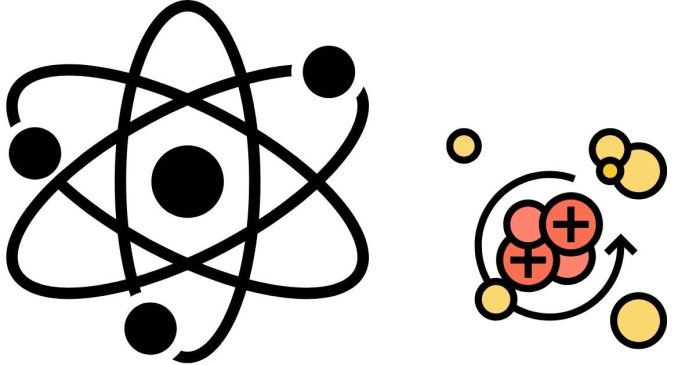The number of protons in one atom of an element is called the atomic number.
The atomic number is a unique identifier for each element. It determines the element’s identity and its position on the periodic table. For example:
- The atomic number of hydrogen is 1 (one proton).
- The atomic number of carbon is 6 (six protons).
- The atomic number of oxygen is 8 (eight protons).
The atomic number also determines the chemical properties of the element because the number of protons influences the arrangement of electrons around the nucleus, which governs how atoms interact in chemical reactions.


